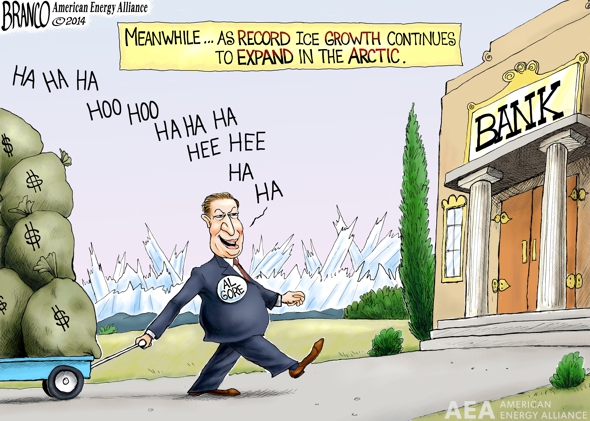Electricity prices are the result of a number of choices over time. States that choose to build a lot of coal-fired and large hydroelectric power plants generally have low-electricity prices, while states that are imposing restrictions on coal and other sources of electricity generation have higher prices. New York, which has the third highest electricity rates in the country, has proposed a surcharge on electricity which will only increase electricity costs for New Yorkers.
When you look through the Energy Information Administration’s table of electricity rates in the states (July 2014 data), one of the most surprising things is that New York has the highest electricity rates of all states except Hawaii and Alaska. New York’s electricity rates are 19 percent higher than New Jersey’s, 31 percent higher than Pennsylvania’s, and 34 percent higher than nearby Ohio’s.
A recent story shows helps explain why New York’s electricity prices are so high. Not only is New York a participant in the Regional Greenhouse Gas Initiative, which caps greenhouse gas emissions from power plants, but New York also imposes surcharges on utility bills to pay for “green” energy projects for the last five years and is proposing to extend the surcharge.
According to Crain’s New York Business:
The agency responsible for levying a statewide surcharge on electricity rates to pay for green energy programs has proposed extending the tax for another decade.
NYSERDA, the state’s energy and research development authority, has raised more than $5 billion since 2008 via the surcharge, according to environmental groups. The money has gone to fund a long list of energy-saving programs, including subsidies for efficient building systems and payments to landlords for every watt of electricity they save when the grid is overloaded.
This is one of many reasons why New York has high electricity rates. Over the years New York has consistently made decisions that drive up electricity rates and they continue to do so.







